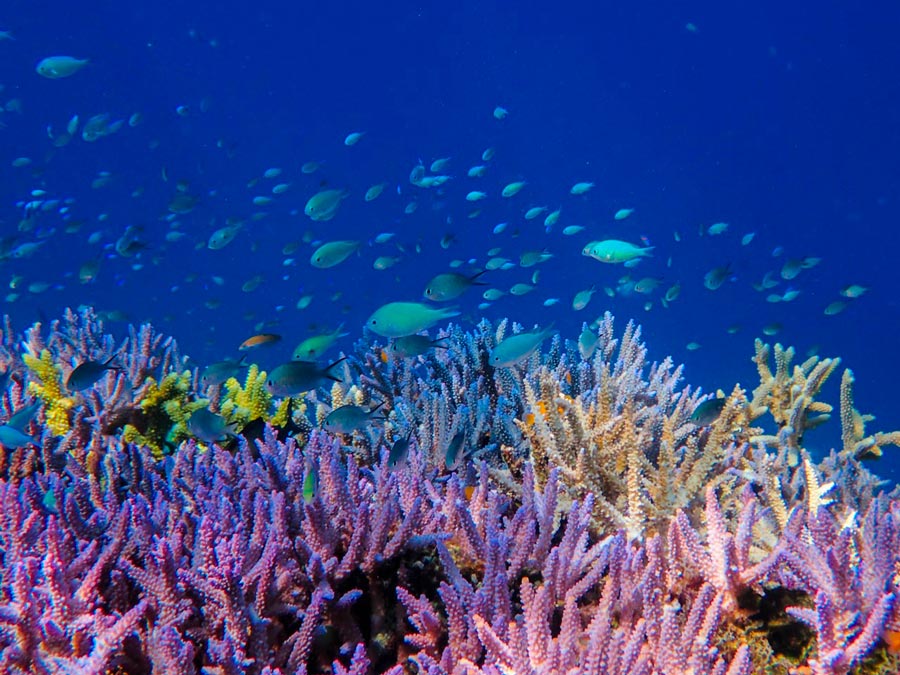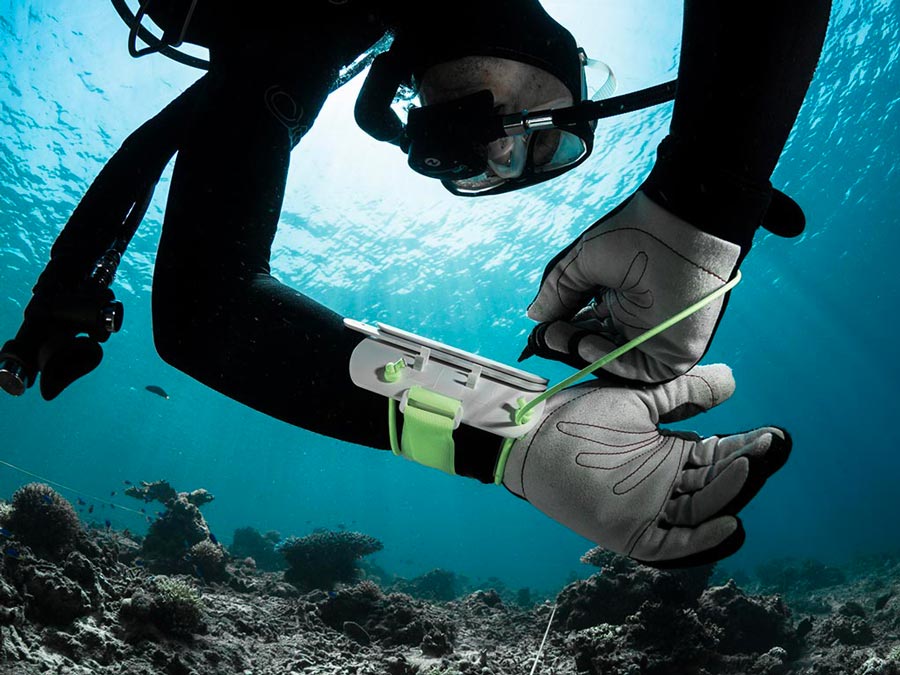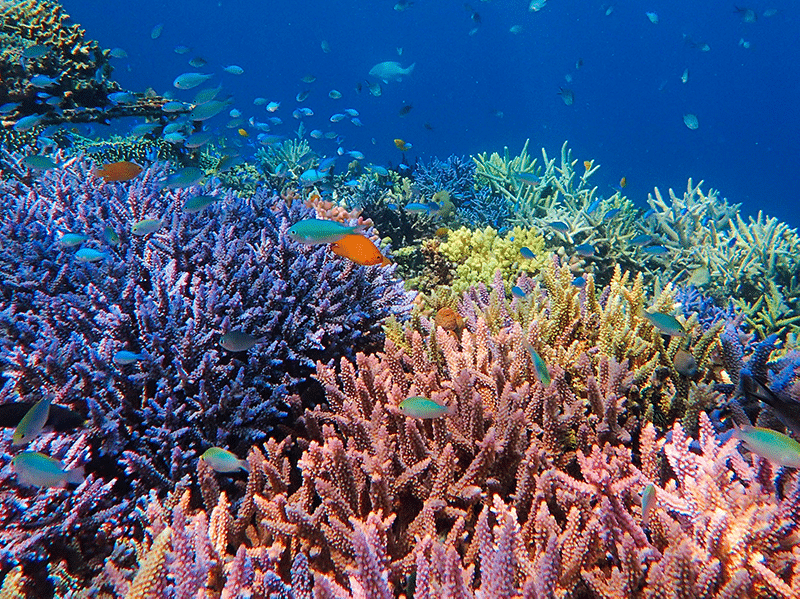

Join our mission to help protect coral reefs, and for local communities that depend on them. Adopt your own reef! . All currencies are accepted through our secure Stripe payment platform.


Scientists estimate that coral reefs are home to more than 25% of marine species. Corals are also at the core of the formation of other ecosystems.
Approximately 1 billion people live within 100 kilometres of coral reefs and are likely to benefit from their ecosystem services. 330 million people directly depend on them. Reefs can yield between 5 and 15 tonnes of fish and shellfish per square kilometre.
Reefs only cover 0.2% of the oceans. Yet they protect more than 150,000 kilometres of coastline in more than 100 countries and territories. They can form a barrier that absorbs wave energy and thus help reduce coastal erosion.
Millions of people around the world depend on reefs for employment. According to an estimate, the total annual net benefit of the world’s coral reefs is $29.8 billion.

Coral reefs also contribute to research advancements, in particular by providing interesting possibilities for the treatment of various diseases.



Comparison of the number of fish species on the destroyed area that hasn’t been restored and on the area that has been restored since 2015.